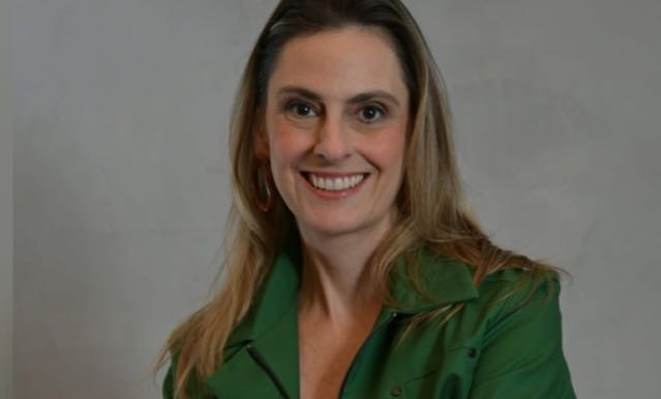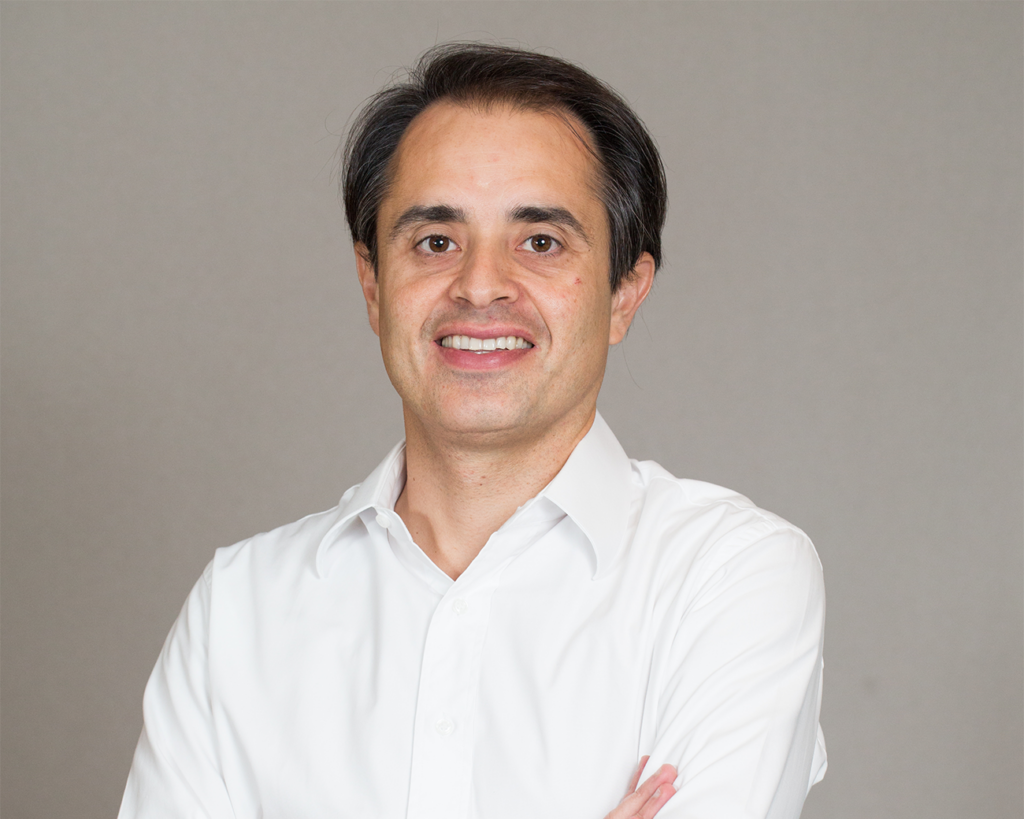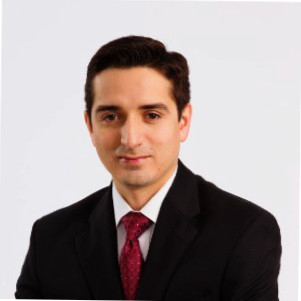Member Profiles
Miguel Ángel Olea, Head of Latin America, Abraaj
24 November 2014

LAVCA caught up with member firm, The Abraaj Group, to learn more about their strategy to invest in consumption-driven growth markets, how their approach to fundraising has evolved in response to demand from institutional investors, and recent exit activity in Latin America.
LAVCA: Please provide some background on Abraaj. When was it founded? How many funds do you operate and what is the geographic focus? What is your AUM?
Olea: Founded in 2002, The Abraaj Group is a private equity manager operating in domestic consumption-driven growth markets in Latin America, Africa, the Middle East, South Asia, South East Asia, Turkey and Central Asia. We have a local presence in over 25 countries and six regional hubs in Mexico City, Nairobi, Dubai, Mumbai, Singapore and Istanbul. We currently manage US$ 7.5 billion across 13 core private equity funds and have realized over 100% of our US$ 4.6 billion invested capital from more than 60 exits in over 140 investments.
LAVCA: As a global firm, when and how did you develop your platform in Latin America?
Olea: Over a decade ago, the Abraaj team established itself as an independent manager in Latin America, and has been investing with a focus on Mexico, Colombia and Peru since 2008. Our first Latin America Fund, launched in 2008, has closed 13 investments across eight industries in Mexico, Colombia, Peru and Costa Rica with three realizations.
LAVCA: Keeping in mind the importance of being local, please describe your presence and teams in the region. What strategies do you have to execute deals locally?
Olea: Abraaj’s structure includes country offices and regional hubs in six regions, as well as global functions such as Performance Acceleration and Risk.
The regional hub and country spoke model was specifically designed to ensure that Abraaj has local presence in every core market but is also able to deploy resources efficiently across the entire region. In Latin America, Abraaj has 16 investment and operating professionals across three offices, one each in Bogota and Lima plus a regional hub in Mexico City. Our LatAm based professionals are all local to their respective markets with deep access and connectivity based on years of investment and other business activity in those markets. The country teams house 2-3 investors whereas the hub in Mexico City also includes additional execution and value creation resources that can be deployed across the region. Investment teams are supported by the Abraaj Performance Acceleration Group (APAG), a dedicated in-house team of operating and industry professionals that provide industry and function-specific support to each investment. Furthermore, several firm-wide resources are located in global hubs in London and Dubai and include non-investment functions such as HR, fund administration, IT, legal and tax. This frees up the regional investment teams to focus on investment activity.
LAVCA: In what ways is the private equity opportunity in LatAm different or the same as other emerging markets where Abraaj is active? In what ways can Abraaj leverage the firm’s global experience for portfolio companies?
Olea: Abraaj purposely seeks markets that have a number of common characteristics. For example, we prefer consumption-driven economies growing on the back of urbanization, demographics, and middle-class expansion. The team continues to find the Pacific Alliance to be the most compelling PE opportunity in Latin America. These are young, urbanized, middle class populations with strong consumptive aspirations, and importantly, these countries differ from other emerging markets in their ability to leverage these underlying growth drivers via the implementation of business friendly reforms and regional integration efforts.
While every market is unique, the best companies across our markets share similar attributes. The Latin America team leverages the global investment experience of The Abraaj Group. As a result, every investment incorporates the lessons learned from across the platform and uses the Group’s global resources and network to evaluate potential investments, develop value creation plans and identify exit opportunities. For example, in reviewing a deal in our pipeline in the logistics sector, we were able to leverage the Group’s investment in logistics in the Middle East where we helped build the region’s leading logistics company.
LAVCA: Abraaj is active in Mexico, Peru, and Colombia but some portfolio companies have expanded into other markets in the region. Ultimately, is the goal to build pan-regional winners? What other markets are attractive to Abraaj in the mid to long term?
Olea: Scaling companies is ultimately the key value driver in growth equity investing. Most mid-market companies will initially seek scale in their home markets simply through organic growth and tried and tested value creation techniques. In addition, perhaps counter-intuitively, we have found that it is also possible to scale mid-market companies regionally and even globally. Our experience is that you don’t have to be an inherently large scale business to successfully deliver your winning product or service into entirely new markets, although it does require experience of doing so and insight into the target market (usually from a presence there). This is a value creation technique that we have successfully deployed in a majority of our deals in LatAm with several companies having broken into the US.
Ultimately, the key objective of Abraaj is to construct a portfolio of investments diversified by sector, country, and deal type, which collectively captures the attractive mid-market growth opportunity in Latin America. We will focus on sectors that are structurally advantaged with attractive growth trajectories and we will continue to focus on our three core markets in the region where we have a strong experience that goes back almost a decade – Mexico, Colombia, and Peru. The Group also sees a growing opportunity in Chile and will continue its gradual, calculated, and opportunistic approach to entering the market.
LAVCA: How has your fundraising strategy evolved in response to demand from institutional investors? In your experience, do institutional investors prefer dedicated regional funds versus allocating to a global emerging markets fund?
Olea: Institutional investors have historically made up a sizeable portion of our investor base for LatAm, and as such we are well acquainted with them both in terms of ongoing investor engagement and fund raising. We have seen institutional investors becoming increasingly attracted to the ex-BRIC opportunity in LatAm, looking for GPs with teams on the ground and a track record in not only investing but also exiting companies. Our experience is that whilst institutional investors seek to invest in fund managers that offer a deep understanding of local conditions and access to proprietary deal sourcing, they also require these managers to operate according to global standards. These investors find global funds to be an altogether different proposal than regional funds, offering different exposure.
Institutional investors are furthermore focused on whether the team is adequately incentivized, either through being purely regional players, or in the case of global platforms through a clear role in the investment process and accompanying incentive scheme. They are looking for active managers who help companies create value and as a result, are very interested in control mechanisms in minority transactions.
We believe that a regional fund is best positioned to understand the local intricacies of each economy and capture the opportunities present in Latin America, but that a global platform additionally offers confidence in the ability to deliver a consistent best-in-class approach.
LAVCA: What are some of your most notable investments in the region? What unique actions are you taking/have you taken to add value to these companies from an operational standpoint?
Olea: Abraaj opts for an active ownership model in all of its investments in order to have the ability to drive the growth agenda of its individual partner companies. In collaboration with management, investment and APAG teams tailor and drive a robust value creation plan that identifies the critical success factors and enablers that will help each partner company achieve its operating and financial goals. This plan helps employees comprehend the impact of their roles and actions and effectively aligns them to reach common goals.
One of the Group’s most notable investments in Mexico is Liquid Capital, a diversified financial services provider focusing primarily in operating and financial leasing. Abraaj has been fundamental in driving the company’s growth agenda, helping to secure adequate funding despite unfavorable market conditions and diversifying the company’s revenue and client base by opening new business lines and focusing on new sectors.
In Peru, Abraaj has bolstered the expansion of the restaurant chain of worldwide renowned chef Gastón Acurio (includes brands such as Astrid & Gastón, La Mar and Tanta). Management has worked closely with APAG to develop its expansion strategy for the United States, the Middle East, Europe and Asia. Furthermore, Abraaj has been instrumental in streamlining operations, improving procurement strategies, and strengthening the management team and corporate governance framework.
D1 is a “hard discount” retailer in Colombia, offering high quality food and staples at low prices. D1 has rivaled larger competitors and emerged as a market leader due to its strategic presence, differentiated price offering, and appealing business model. Through its partnership with Abraaj, D1 has been able to structure the required financing for the company’s aggressive expansion plan of over 285 new stores while reducing the ramp-up time and rolling out a leaner, simpler logistics and distribution operation.
LAVCA: Abraaj has also pursued an active ESG strategy for its LatAm investments. Can you describe specific examples of ESG in action?
Olea: ESG considerations are embedded into every stage of the Group’s investment process, through the use of a proprietarily developed ESG toolkit. Some specific examples of ESG initiatives implemented in our partner companies include:
Acurio (described in the previous question) recently established a strategic alliance with a local group to help promote the use of native agricultural products in Peru. Acurio also launched The Pachecútec Culinary School, which brings in distinguished Peruvian and international chefs to give cooking lessons and other restaurant-related skills to students.
Condor Travel, a Peru-based inbound tour operator, has adopted external standards under Abraaj’s guidance. After a rigorous independent verification process, Condor obtained the Rainforest Alliance Verified trademark, a leading tourism-specific scheme that verifies sustainability practices.
IASA, a women’s fashion accessories retailer in the Andean Region, worked alongside Abraaj in elaborating a responsible supply chain policy. The policy and procedures were designed in alignment with the principles of the Ethical Trading Initiative, an alliance that promotes respect for workers’ rights along the supply chain.
LAVCA: Abraaj has had a strong year for exits – please describe the transactions and buyers, as well as in general, the exit landscape in LatAm.
Olea: In Latin America, small and mid-cap companies have primarily been exited via trade sales, where strategic players are seeing potential for synergies and are willing to pay attractive prices for good assets. Despite a challenging exit environment in Latin America, Abraaj has successfully exited three investments in 2014;
IASA a retailer of women’s fashion accessories in the Andean Region (mentioned previously). Abraaj believed in the company’s potential outside its local market of Peru and helped accelerate its expansion to more than 480 points of sale in Chile, Mexico, Colombia, Venezuela, and Ecuador. The company was sold to a Peruvian family office.
redIT is an IT services provider offering connectivity and data center services throughout Mexico. Abraaj partnered with redIT in 2010 and solidified the Company’s market presence by supporting its expansion domestically and in the USA, strengthening and diversifying its product offering and client base. The company was sold to a strategic buyer, KIO Networks.
ARG provides leasing and fleet management services to the transportation industry in Mexico. Abraaj’s investment helped transform the company from a small business into one of Mexico’s leading independent providers of financing solutions. ARG hired financial advisors to conduct a sell side process in which Liquid Capital, a strategic buyer, presented the most compelling bid.
LAVCA: Why did you join LAVCA?
Olea: Staying up to date on private equity developments within our markets is a key priority to Abraaj, and we find LAVCA membership to offer a strong platform for this. LAVCA delivers in-depth industry data and analysis and provides a forum for the exchange of ideas and discussion of PE dynamics in the region. It further offers important networking opportunities through events such as the annual LAVCA Summit & Investor Roundtable. Overall, we see LAVCA as the most relevant collaborative platform for PE and VC actors in Latin America.
You may be interested in...
-

Luciana Antonini Ribeiro, eB Capital
Executive: Luciana Antonini Ribeiro, Co-Founder and CIO Member Name: eB Capital Year...
-

Cristiano Gioia Lauretti, Kinea Private Equity
Member: Kinea Executive: Cristiano Gioia Lauretti, Head of Private Equity HQ: São...
-

Maria Pia Iannariello, MGM Innova Capital
LAVCA recently spoke with Maria Pia Iannariello, Co-Founder & COO of MGM Innova Capital,...
-

Rafael Ramirez, Portfolio Manager, Alaska Permanent Fund Corporation
LAVCA recently spoke with Rafael Ramirez, Portfolio Manager– Private Equity &...
